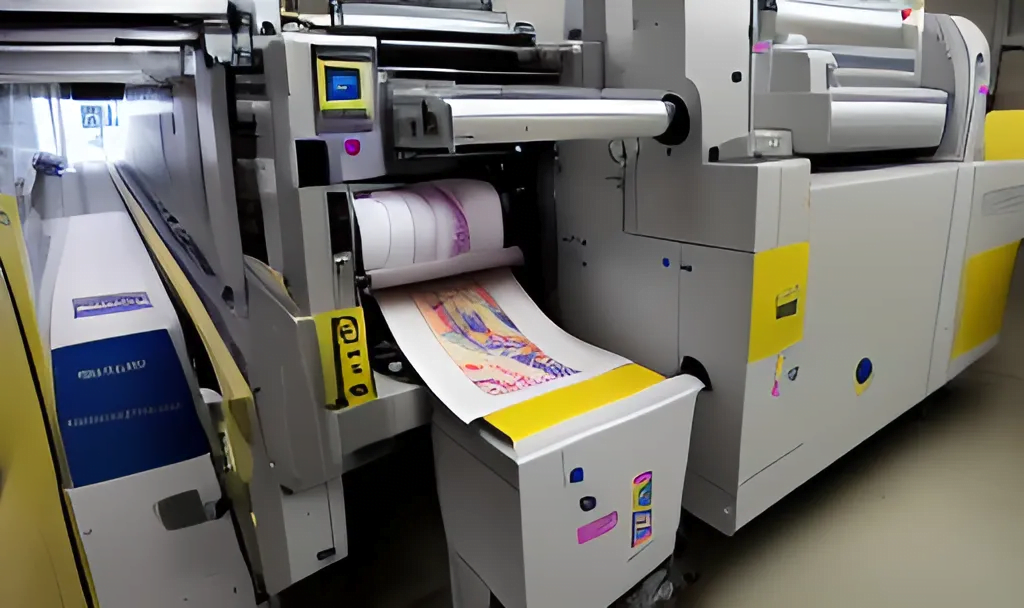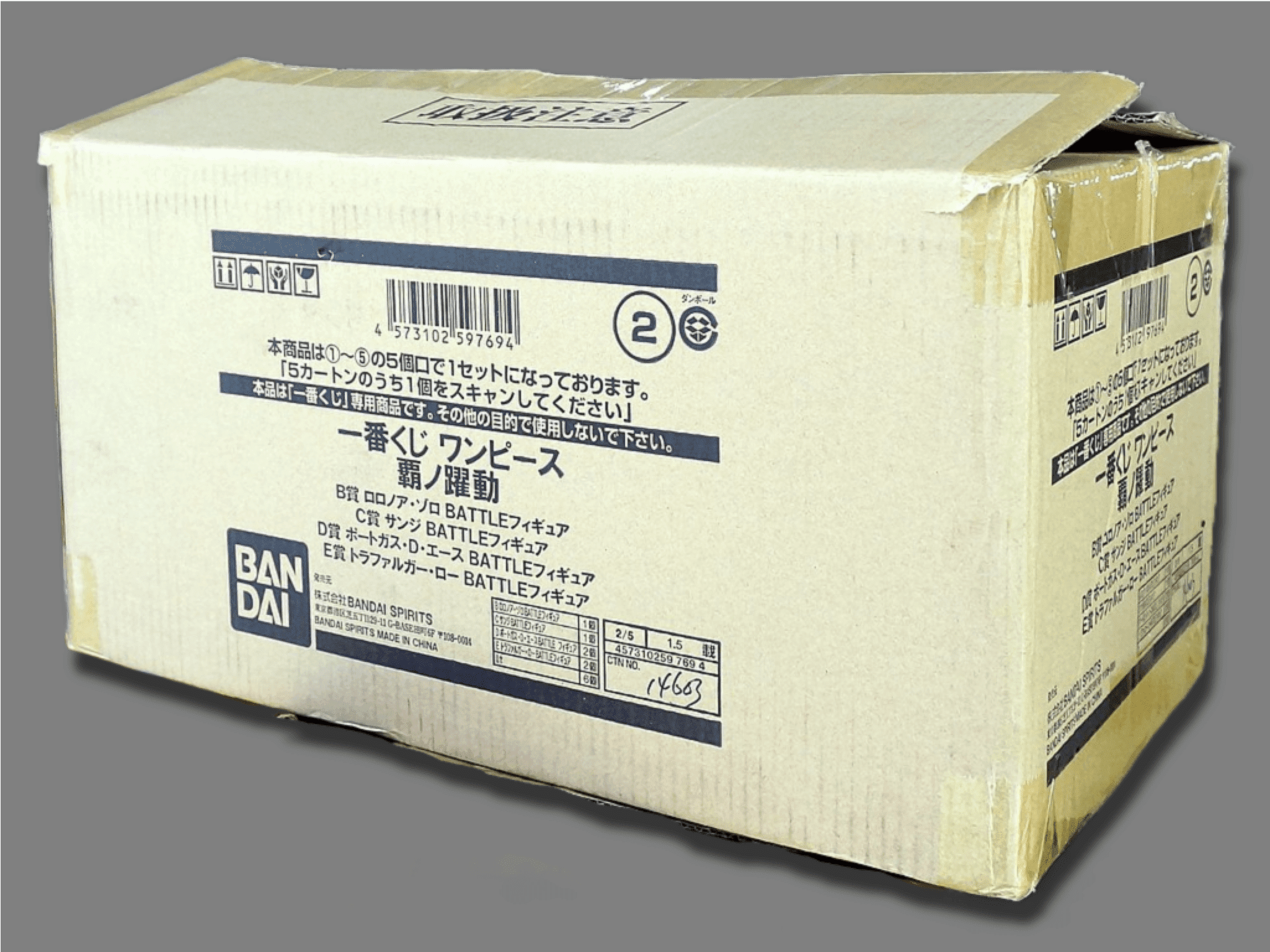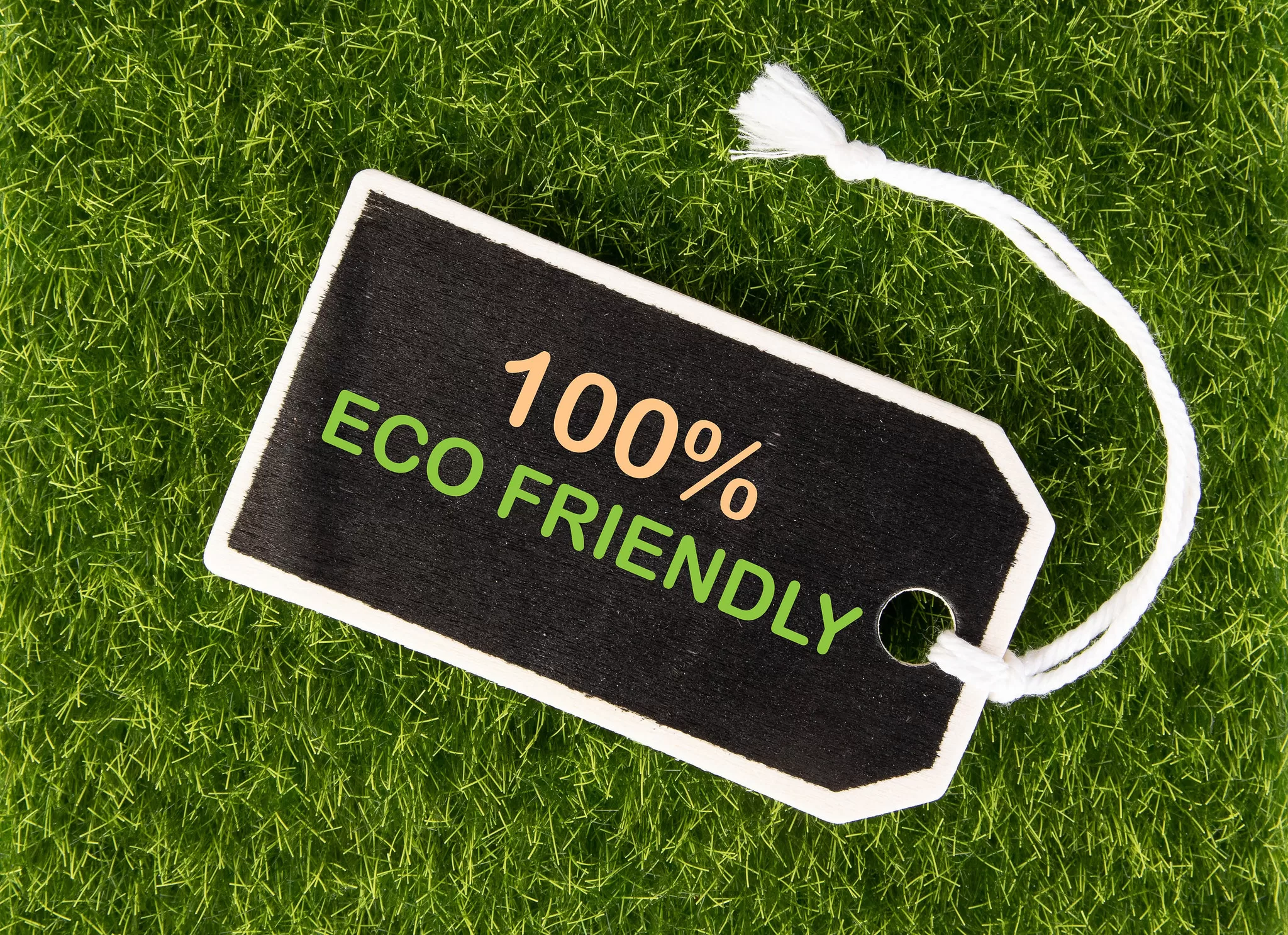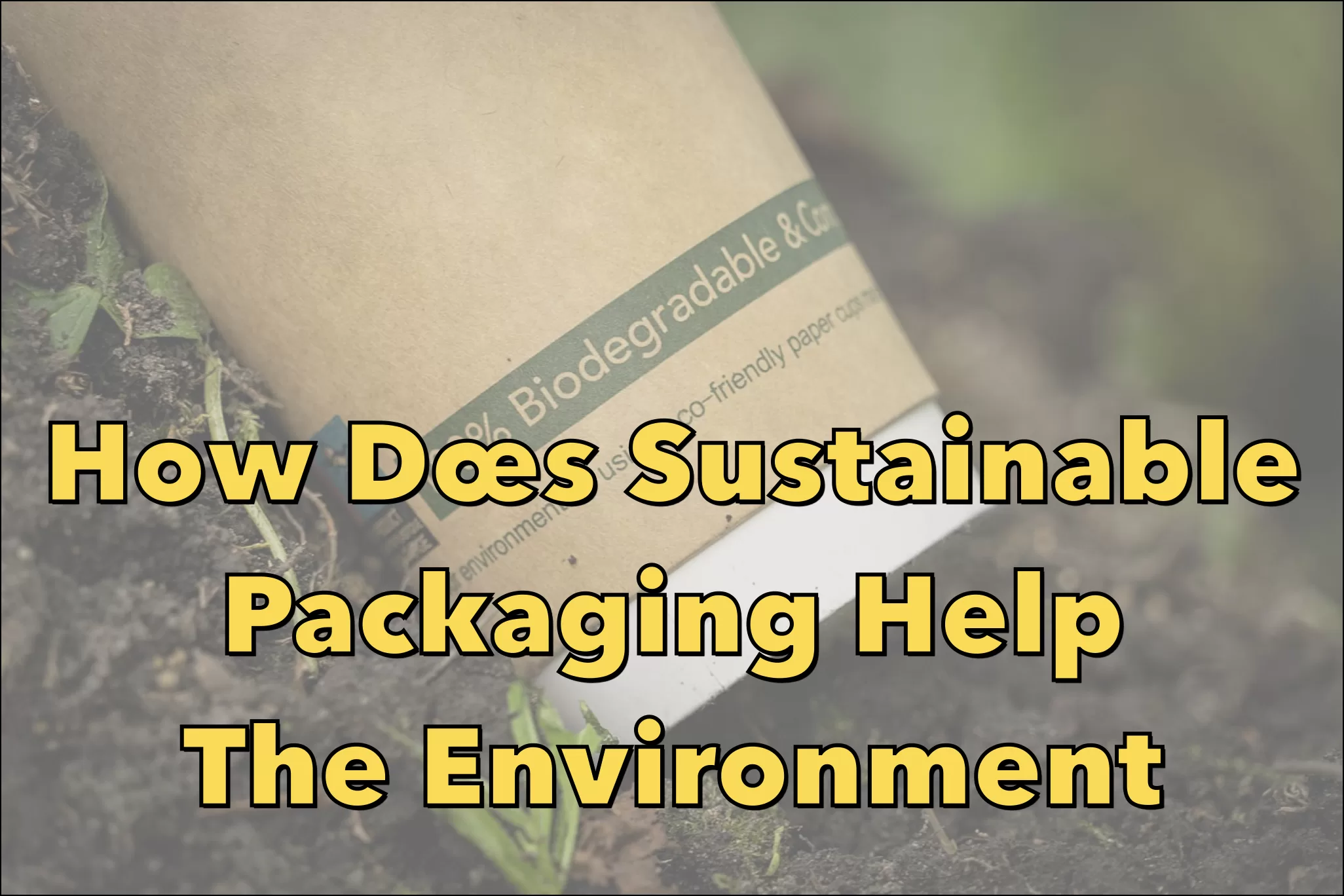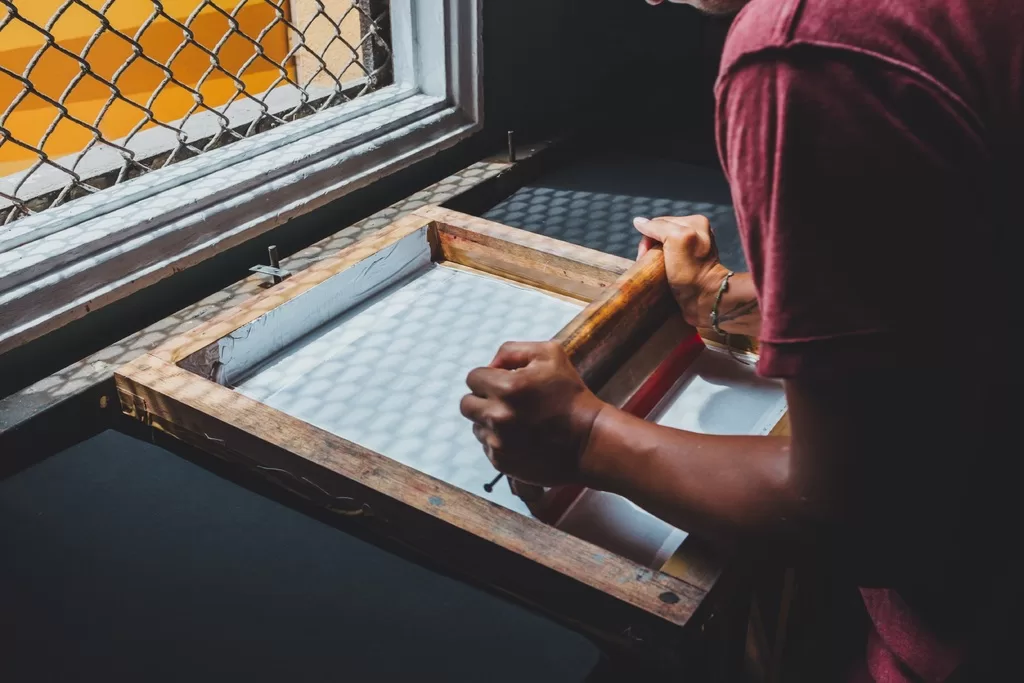In the versatile sector of narrow web printing, particularly for labels and packaging, two primary printing technologies stand out: flexo printing (also known as flexography) and offset printing (lithography). While both technologies boast notable merits, a closer examination reveals significant insights into their applicability, processes, techniques, and overall advantages and disadvantages in the narrow web printing domain.
Flexo Printing in Narrow Web
Flexo printing has increasingly become synonymous with innovation and versatility in the packaging and label printing industry. Its continuous evolution has positioned it as a preferred choice for many businesses seeking efficiency, quality, and adaptability.
Process and Techniques
Flexo printing employs a flexible, photopolymer plate mounted on rotating cylinders. The process involves the direct application of fast-drying liquid inks onto various substrates. Notably, the advent of digital plate making and computer-to-plate (CTP) technologies has significantly enhanced the image quality achievable in flexo printing, pushing its capabilities closer to those traditionally attributed to offset printing.
Technological advancements have also introduced UV-curable inks to the flexo realm, offering quicker drying times and reduced VOC emissions. These innovations not only bolster the sustainability quotient of flexo but also enhance its efficiency and throughput for narrow web applications.
Pros
- Substrate Versatility: Flexo printing excels in printing on a wide range of substrates, from flexible films to metallic surfaces, making it ideal for varied packaging needs.
- Colour Brilliance: With modern inks and anilox rollers, flexo achieves vibrant colours and sharp images, addressing one of the most crucial aspects of label and packaging aesthetics.
- Efficiency and Speed: High-speed press running capabilities and quick-drying inks facilitate faster turnaround times, crucial for time-sensitive projects.
- Cost-effectiveness: Although initial setup costs may be higher due to plate production, the efficiency and speed of the process means that the overall costs are quickly offset in the run.
Cons
- Initial Investment: The cost associated with the manufacture of custom plates and set-up can be a barrier for overly small runs.
- Learning Curve: Achieving optimal print quality with flexo can involve a steep learning curve, necessitating skilled operators.
Offset Printing in Narrow Web
Offset printing, characterised by its use of aluminium plates and a rubber blanket for image transfer, has long been revered for its unparalleled print quality and precision, particularly on paper and cardboard substrates.
Process and Techniques
The offset process starts with the creation of plates that transfer the inked image to a rubber blanket, which then rolls the image onto the substrate. This indirect approach contributes to the high-quality output, with advanced CTP technologies enhancing plate quality and thus, the final print. Despite being more traditionally associated with broader web and high-volume runs, offset printing has made inroads into the narrow web sector, primarily due to its quality and cost-effectiveness in large volume jobs.
Pros
- High Image Quality: Offset printing provides exceptional clarity and detail, making it suitable for high-end labels and packaging that demand intricate designs.
- Cost-Effectiveness for Large Runs: The per-unit cost decreases significantly as the volume increases, an advantage for large-scale orders.
Cons
- Limited Substrate Flexibility: Offset printing does not match flexo’s versatility with non-traditional substrates, which can be restrictive for certain types of packaging and labels.
- Slower Turnaround: The setup for offset is more time-consuming, and drying times for inks are longer, which can extend production schedules.
Flexo’s Edge in Narrow Web Printing
When the spotlight turns to narrow web printing for labels and packaging, flexo printing slightly edges out offset printing, primarily due to its superior substrate versatility, efficiency, and advancements in print quality. The rapid advancements in flexo technology, including plate making, inks, and printing presses, have significantly narrowed the quality gap that once favoured offset.
The ability of flexo to accommodate a broad spectrum of materials and its adaptability to various finishing processes (e.g., laminating, die-cutting) within a single pass enhances its appeal for the dynamic and often customised demands of packaging and label production. Moreover, for enterprises focusing on sustainability, the lower environmental impact of UV inks and digital plate making positions flexo as an eco-friendlier alternative.
In the changing landscape of narrow web printing, where demands for shorter runs, customisation, and sustainability are on the rise, flexo printing not only meets but often surpasses these requirements. Its prowess in handling diverse substrates, coupled with technological strides in print quality and efficiency, crafts a compelling case for its preferred status.
In conclusion, while both flexo and offset printing have their place in the narrow web printing arena, the scale subtly tips in favour of flexo, especially when considering the broader scope of applications, material compatibility, and the thrust towards quicker, greener, and more efficient production methodologies. As the industry leans more towards agile and sustainable printing solutions, flexo printing is poised to lead the way, underlining its growing prominence in the narrow web printing landscape.


